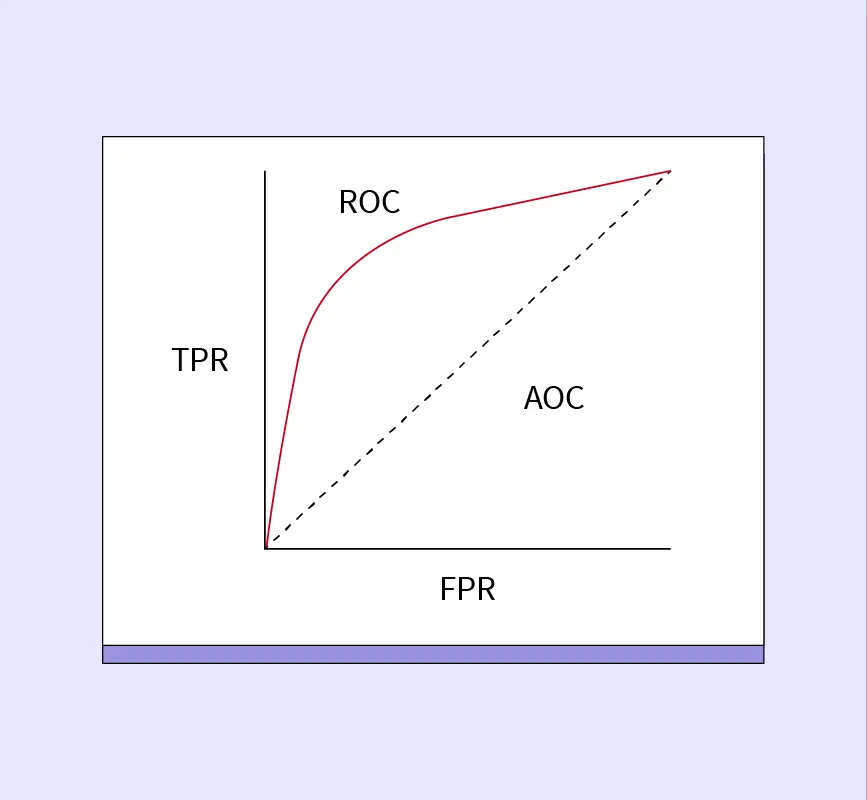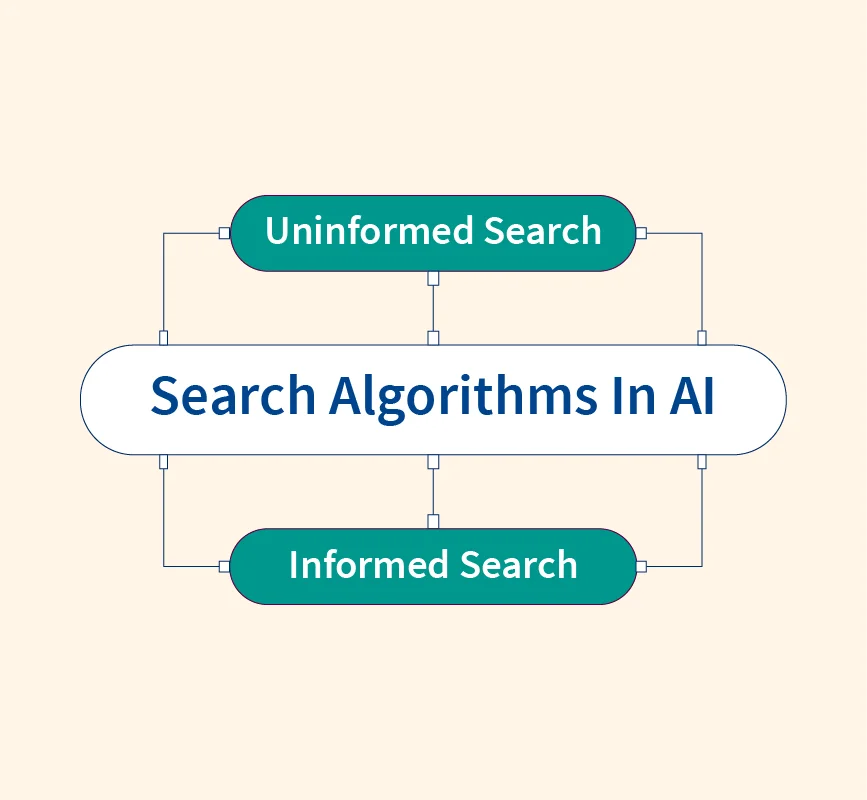Classification is one of the core tasks in machine learning, enabling models to predict discrete outcomes based on input data. This supervised learning technique assigns data points to predefined categories or classes. Classification algorithms power many of the automated systems we use daily, from email spam filters to fraud detection systems in banking.
The importance of classification lies in its ability to make accurate predictions and optimize decision-making. Businesses across various industries rely on classification models to drive operations, whether by improving customer segmentation, diagnosing diseases, or predicting loan defaults. Choosing the right algorithm depends on factors such as data complexity, interpretability needs, and computational resources.
This article explores the top nine machine learning classification algorithms, providing an overview of how each one works, its strengths and limitations, and its ideal use cases. With a deeper understanding of these algorithms, you can select the most appropriate one to solve your classification problem.
What is Classification in Machine Learning?
Classification is a supervised learning technique where models learn from labeled datasets to assign new data points to predefined categories or classes. During training, the algorithm identifies patterns and relationships between input features and the target labels. Once trained, the model can predict which class a new input belongs to, making it a valuable tool for tasks such as spam detection, customer segmentation, and medical diagnosis.
Basic Types of Classification Tasks
- Binary Classification: Involves two possible outcomes (e.g., spam vs. non-spam emails).
- Multi-Class Classification: Handles more than two classes (e.g., recognizing handwritten digits from 0 to 9).
- Multi-Label Classification: Assigns multiple labels to a single input (e.g., an image containing both a cat and a dog).
How Classification Differs from Other Algorithms?
Classification models differ from regression models, which predict continuous numerical values. In contrast, classification deals with discrete outcomes. Unlike clustering, which is unsupervised, classification uses labeled data for training. The goal is to create models that accurately predict categories, offering insights and decisions based on specific patterns.
Types of Machine Learning Classification Algorithms
Machine learning classification algorithms can be categorized based on how they operate and the type of data they handle.
Overview of Popular Algorithms
- Logistic Regression: Linear algorithm for binary classification.
- Decision Trees and Random Forests: Non-linear algorithms for handling complex data structures.
- Support Vector Machines (SVM): Effective for high-dimensional data.
- K-Nearest Neighbors (KNN): Simple, instance-based algorithm.
- Neural Networks: Suitable for complex tasks like image recognition.
Linear vs. Non-Linear Classifiers
- Linear Classifiers: Algorithms like logistic regression and SVM with linear kernels create decision boundaries that are straight lines.
- Non-Linear Classifiers: Decision trees, neural networks, and SVM with non-linear kernels handle more complex relationships by creating curved decision boundaries.
Understanding the types of algorithms available helps in selecting the right one based on data complexity and task requirements.
Key Machine Learning Classification Algorithms
Classification algorithms differ in how they process data, handle features, and make predictions. Below is an in-depth look at nine widely used classification algorithms, highlighting how they work, their best use cases, and their limitations.
1. Logistic Regression
Logistic regression estimates the probability of a binary outcome using a logistic (sigmoid) function. It outputs values between 0 and 1, which are interpreted as probabilities. When the probability exceeds a threshold (e.g., 0.5), the model predicts the positive class; otherwise, it predicts the negative class.
Best Use Cases and Limitations:
Logistic regression is best suited for binary classification tasks, such as spam detection or credit approval. It assumes a linear relationship between the input variables and the log-odds of the target outcome, which limits its effectiveness for non-linear data.
Key Features:
- Simple and interpretable
- Works well for small datasets
- Prone to underperformance with non-linear data
2. Decision Trees
Decision trees split data at each node based on feature values, forming branches leading to decision outcomes at the leaves. Each branch represents a logical rule, guiding the decision-making process.
Advantages and Disadvantages:
Decision trees are easy to interpret and visualize, making them ideal for rule-based systems. However, they are prone to overfitting if not pruned, which can reduce their effectiveness on unseen data.
Key Features:
- Highly interpretable
- Suitable for both classification and regression
- Vulnerable to overfitting
3. Random Forest
Random Forest is an ensemble algorithm that builds multiple decision trees and averages their predictions. This reduces the risk of overfitting while improving accuracy.
Ensemble Learning Concept:
Each tree in the forest is trained on a random subset of the data, and the final prediction is made by majority voting or averaging predictions from all trees.
Key Features:
- Reduces overfitting
- Handles high-dimensional data
- Requires more computational resources
4. Support Vector Machines (SVM)
SVM finds the optimal hyperplane that separates data points into different classes. The points closest to the hyperplane are known as support vectors, which determine the decision boundary.
Application Areas and Limitations:
SVM performs well in high-dimensional spaces, such as text classification. However, it can be computationally expensive for large datasets.
Key Features:
- Effective in high-dimensional spaces
- Supports both linear and non-linear classification using kernels
- Can be slow for large datasets
5. Naive Bayes
Naive Bayes is based on Bayes’ theorem, assuming independence between features. Despite this assumption, it performs surprisingly well in tasks such as spam filtering and sentiment analysis.
Suitable Applications:
Naive Bayes is effective for text classification, particularly when dealing with large datasets, thanks to its simplicity and speed.
Key Features:
- Fast and efficient for large datasets
- Handles text data effectively
- Limited by the independence assumption
6. K-Nearest Neighbors (KNN)
KNN is a lazy learning algorithm that makes predictions based on the majority label of the K nearest neighbors to a query point. The value of K determines how many neighbors are considered for classification.
Pros and Cons:
KNN is simple to implement but can be computationally expensive, especially for large datasets. It performs well when the data has clear clusters.
Key Features:
- Simple and intuitive
- No training required
- Computationally expensive at prediction time
7. Artificial Neural Networks (ANNs)
ANNs consist of layers of neurons that process inputs and learn patterns through weight adjustments. Each neuron receives inputs, applies weights, and passes the output to the next layer, enabling deep learning of complex patterns.
Use Cases and Limitations:
ANNs are used in image recognition, speech processing, and natural language understanding. However, they require large datasets and high computational power.
Key Features:
- Capable of solving complex problems
- Requires significant resources for training
- Difficult to interpret compared to simpler models
8. Linear Discriminant Analysis (LDA)
LDA reduces dimensionality by finding the linear combination of features that best separates the classes. It is particularly effective for datasets where the classes are linearly separable.
When and Why to Use LDA:
LDA is used when the goal is both classification and dimensionality reduction, such as in image recognition tasks.
Key Features:
- Useful for dimensionality reduction
- Works well with linearly separable classes
- Assumes normally distributed features
9. Quadratic Discriminant Analysis (QDA)
QDA is similar to LDA but allows for non-linear decision boundaries by modeling each class with its own covariance matrix. This makes QDA more flexible but also more prone to overfitting.
Key Features:
- Handles non-linear class separations
- Prone to overfitting with small datasets
- More flexible than LDA
Comparison of Top Machine Learning Classification Algorithms
Below is a comparison table summarizing the strengths, weaknesses, and ideal applications of the top machine learning classification algorithms discussed.
| Algorithm | Strengths | Weaknesses | Ideal Applications |
| Logistic Regression | Simple, interpretable, fast | Struggles with non-linear data | Binary classification (e.g., spam detection) |
| Decision Trees | Easy to visualize and interpret | Prone to overfitting | Rule-based systems, customer segmentation |
| Random Forest | Reduces overfitting, handles missing data | Computationally intensive | Fraud detection, healthcare predictions |
| SVM | Works well in high-dimensional spaces | Computationally expensive for large data | Text classification, bioinformatics |
| Naive Bayes | Fast, efficient for text data | Assumes feature independence | Spam filtering, sentiment analysis |
| KNN | Simple, no training phase | Sensitive to noisy data | Pattern recognition, image classification |
| ANN | Handles complex patterns | Requires large datasets and resources | Image and speech recognition, NLP |
| LDA | Useful for dimensionality reduction | Assumes linear separability | Pattern recognition, face recognition |
| QDA | Handles non-linear class boundaries | Prone to overfitting | Multi-class tasks with complex relationships |
Factors to Consider When Selecting an Algorithm
- Accuracy: Some algorithms, such as Random Forest or SVM, offer high accuracy, but their performance depends on the data and task. Ensuring accuracy requires fine-tuning and model evaluation.
- Interpretability: If interpretability is crucial, logistic regression, decision trees, or LDA are better choices, as their outputs are easy to understand. Algorithms like neural networks, though powerful, are considered black boxes.
- Computation Time: Algorithms like KNN and SVM can be computationally expensive, especially with large datasets. In contrast, Naive Bayes and logistic regression are faster and more efficient.
Selecting the right algorithm involves balancing these factors based on the specific problem and data constraints.
Choosing the Right Algorithm for Your Data
Choosing the right classification algorithm depends on several factors, such as data size, dimensionality, interpretability, and available computational resources.
- Data Size: For small datasets, simpler models like logistic regression or KNN are often suitable. In contrast, larger datasets may benefit from Random Forest or SVM for improved accuracy.
- Dimensionality: When working with high-dimensional data (many features), algorithms like SVM or LDA are more effective. Dimensionality reduction techniques like PCA can also help improve performance.
- Computational Resources: Algorithms such as ANNs require substantial computational power and may not be practical for all tasks. On the other hand, Naive Bayes and Logistic Regression are computationally efficient.
Tips for Model Selection in Practice
- Start with a simple model: Begin with a straightforward algorithm like logistic regression or Naive Bayes to establish a baseline performance.
- Evaluate multiple algorithms: Use cross-validation to test several algorithms and compare their performance.
- Use ensemble methods: If a single algorithm underperforms, ensemble models like Random Forest can boost accuracy by combining predictions from multiple classifiers.
Balancing these factors ensures the best possible outcome for the classification problem.
Practical Applications of Machine Learning Classification
Classification algorithms have become indispensable across industries, driving decision-making and operational efficiency.
- Healthcare: In healthcare, classification algorithms are used for disease diagnosis and predicting patient outcomes. For example, logistic regression models can predict the likelihood of heart disease, aiding early interventions.
- Finance: Classification is essential for fraud detection and credit scoring. Banks use machine learning to identify fraudulent transactions in real-time and assess loan applicants based on creditworthiness.
- Customer Segmentation: In marketing, businesses use classification models to segment customers based on behavior and preferences. This allows personalized recommendations, improving customer experience and retention.
Businesses can leverage classification algorithms to enhance operations, optimize decision-making, and gain a competitive edge.
Conclusion
Classification algorithms play a crucial role in solving real-world problems, from healthcare and finance to retail. Each algorithm offers unique strengths and weaknesses, making it important to select the right one based on data type, task requirements, and available resources.
This article has covered various classification algorithms, including logistic regression, decision trees, Random Forest, and ANNs, providing insights into their use cases and limitations. As businesses continue to adopt machine learning, understanding these algorithms helps ensure accurate and efficient decision-making.
Ultimately, the right choice depends on balancing accuracy, interpretability, and computation time for the given problem.
References:


